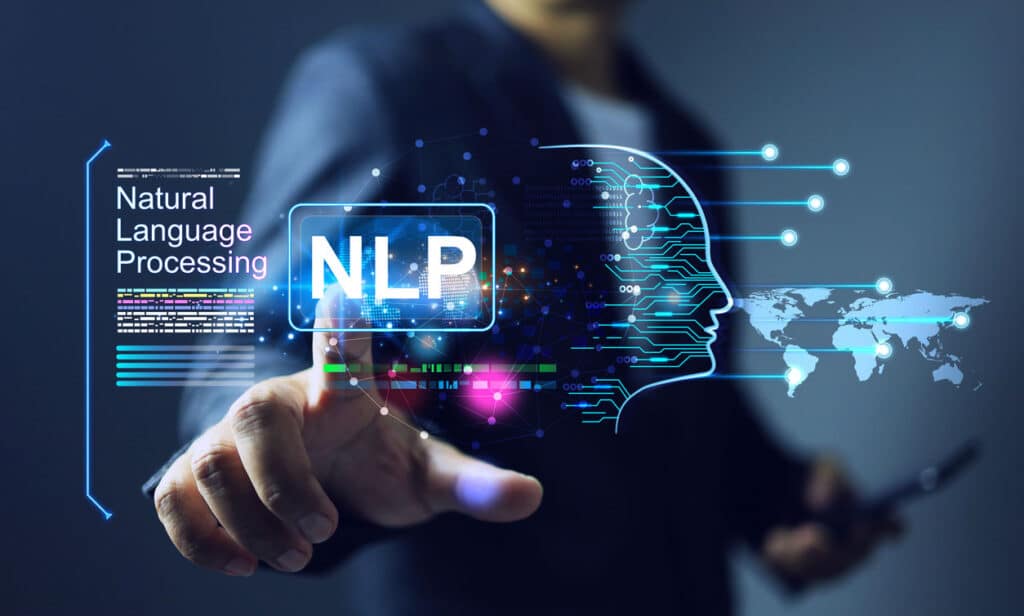Search engines are smarter now. A lot smarter.
Google isn’t just matching keywords anymore. It’s understanding context, relevance, and even intent. And if you’re still publishing generic legal content, you’re going to get left in the dust.
So what’s the secret sauce? Two words:
Information Gain.
Let me break down exactly what that means and why it’s a game-changer for your law firm’s SEO.
What is Information Gain, Anyway?
Think of information gain as adding something fresh and unique to the conversation.
It’s not about repeating what every other law firm has already said. It’s about contributing new ideas, unique perspectives, or valuable insights readers won’t find anywhere else.
Why does Google care?
Because it wants to serve users the best possible answer to their questions. If your content offers something unique, Google rewards you with better visibility.
NLP: Google’s New Way of Thinking
Natural Language Processing (NLP) is how Google understands human language. Recent updates like BERT and MUM mean Google now gets nuance, context, and the subtleties of legal language.
Here’s why NLP matters to your law firm:
- Better query matching: Google can match user questions directly with relevant, detailed answers in your content.
- Higher relevance: Your carefully crafted, conversational content aligns better with how people naturally search.
- Improved visibility: NLP helps your firm appear in Google’s “AI Overviews” and featured snippets.
Bottom line? Write naturally, conversationally, and clearly—and Google will notice.
How Law Firms Can Boost Information Gain
Here’s exactly how to integrate information gain into your legal content:
- Go Beyond Basic Answers
- Instead of writing another generic article on “what to do after a car accident,” publish content that addresses overlooked questions, like the emotional recovery process or the pitfalls of insurance settlements.
- Unique Data and Insights
- Leverage your firm’s own data or case experiences. Publish statistics, studies, or client stories that no other firm can replicate.
- Interactive Tools
- Offer something tangible—like a settlement calculator, interactive checklists, or personalized guides.
- Real Expert Input
- Showcase actual expert opinions, interviews with attorneys, or guest posts from industry specialists.
Semantic SEO: Connecting the Dots for Google
Semantic SEO means helping Google understand the “entities” your content discusses (people, places, laws, cases). Here’s how:
- Use schema markup: Clearly tag your pages with structured data to highlight important entities.
- Link internally: Smartly link related pages together, guiding both users and Google’s crawlers.
- Optimize for intent, not just keywords: Anticipate and directly answer the deeper questions behind user queries.
Practical Tools to Improve Your Content Now
Use these tools to optimize your content quickly:
- Surfer SEO or Clearscope: Identify semantic gaps and opportunities to provide unique insights.
- MarketMuse: Find where your competitors fall short and fill that void with fresh content.
Why This Matters for Your Law Firm
Law firms operate in one of the most competitive SEO landscapes. To stand out, you can’t just repeat the same legal basics everyone else has.
You need to:
- Offer truly original, high-value insights.
- Write content that Google recognizes as authoritative and contextually rich.
- Consistently deliver fresh ideas and helpful perspectives.
This is exactly what Google is looking for and exactly what potential clients want when they’re searching for a trusted legal resource.
Start Winning with Information Gain
If you’re serious about SEO, stop thinking keywords and start thinking about genuinely adding value.
Google is smarter than ever—your content strategy needs to be, too.
If you’re ready to elevate your firm’s SEO with content that genuinely stands out – let’s talk.


